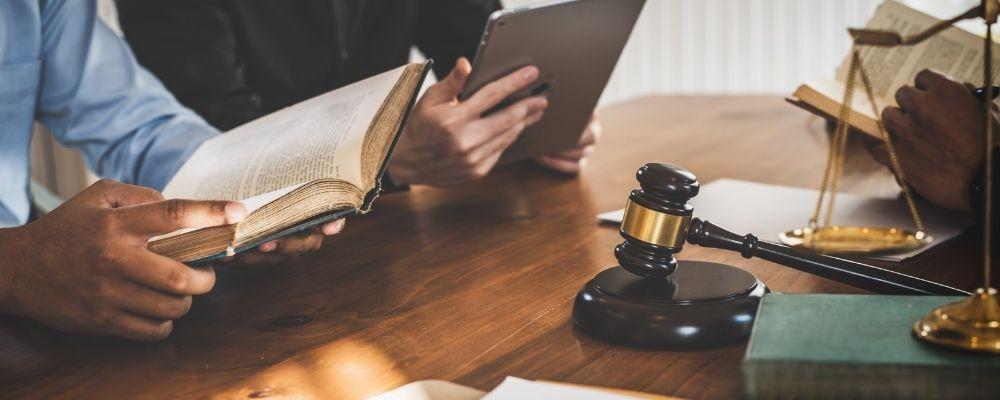“He’s a clean cut young man. There was no reason for the officer to believe that he had anything illegal in his car.”
This is an actual quote from a judge at a hearing on a motion to suppress evidence found during a search of a car that I recently observed.
The issue at that hearing was supposed to be whether the search of the car was legal given that the police officer’s claimed reason for the search was smelling “burnt marijuana” in the car. Unfortunately for the defendant, the police had found an unregistered gun during the search.
The judge ultimately suppressed the gun, in part, due to her assessment that the defendant was a “clean cut young man.” The judge said that there was no reason to believe that this clean cut young man would have any contraband on him. Without the gun, the DA had no choice but to drop the case completely.
Was it proper for the judge to consider the defendant’s appearance to reach her decision? In my opinion, no. What the defendant looks like (particularly considering that he may have looked very different the night that the police searched him) should not have had any bearing on the judge’s decision.
But did the defendant’s “clean cut” appearance ultimately help him in getting his charges dropped? Undoubtedly, yes.
As much as we’d like to think that judges are fair and impartial, the fact is that they are human beings, and first impressions matter. And if your case makes it to trial, it is even more essential to look as “not guilty” as possible to the jury.
Here are some general tips on what to wear to court.
Whether or not you attend any sort of religious service, “Sunday Best” is probably the best way to describe court attire.
WHAT NOT TO WEAR:
- Hats (You’ll have to take it off anyway, and the bailiff will enjoy yelling at you in open court if you forget)
- Revealing attire
- Gang colors or symbols
- Swear words of any kind or flavor
- Sports team logos
- Visible tattoos (to the extent that you can avoid them being visible)
- Excessive logos (please don’t be the guy in the Gucci print bolero, t-shirt, and belt that I saw at court last week)
- Shorts
- Pajamas
- Sweatsuits
- Gym attire (including athleisure)
WHAT TO WEAR:
Overall, you’re going for a clean-cut appearance, and your audience is the judge and the prosecutor, both of whom are likely much more conservative than most people. You’re trying to look, above all, not guilty–like you couldn’t have possibly done what they’re accusing you of. You want them to think, “Hey, what’s he/she doing here? Is that a court interpreter? Is he/she an attorney?”
- Women:
Dress pants or professional skirt blouse or dress. If you’re wearing a skirt or dress, it should at least reach the top of your knee caps. A jacket/blazer if it works with the rest of what you’re wearing. Do not wear anything revealing. No cleavage. No body-conforming anything. No shimmer, glitter, or sparkle. No excessively high heels. No excessive makeup. No excessive jewelry. No excessive logos.
- Men: Professional-looking dress pants. An ironed (or non-iron) button down shirt. A tie and blazer for extra credit. (If you get mistaken for a lawyer, you’re doing it right.) Dress shoes. No saggy pants. Absolutely no underwear showing. Wear a belt. You’ll have to take it off at security, but it will help you look polished. No stand-alone mustache. If you have facial hair, make it clean-cut, and please get a second opinion from someone who will be honest with you about whether to keep it.
Paying attention to what you wear to court is a detail that could make the difference between freedom and incarceration. If you have any questions about what to wear to court, ask an experienced criminal defense attorney for advice.



